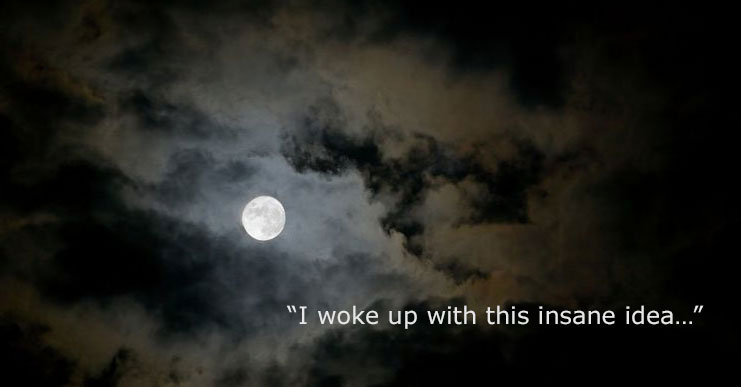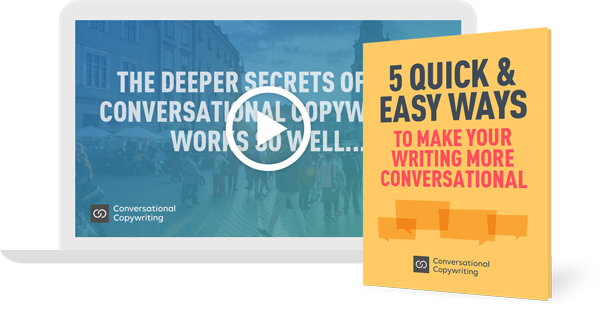
This morning I received an email with this subject line:
“I woke up with this insane idea…”
It seems today is the final day for some killer deal being offered by that company.
Not a solo business. A medium-sized company. A big campaign.
And this morning’s email wasn’t a quick, personal note, dashed off at the last moment. It was a long promotional email, with tons of details and formatting, and a carefully constructed final offer.
Clearly, it was not spontaneously created this morning. It was part of a larger, carefully planned campaign.
In other words, the subject line of the email I got this morning was total BS.
Or, to be a little harsher, it was a lie.
Yes, the tone of the subject line is conversational. It feels like one person talking directly to another, one on one.
Yes, the tone of the body of the email also felt conversational. Chatty even.
And yet, it was built on that opening lie.
And when I looked more carefully at the body of the email, it was clearly a traditional direct sales letter, simply wrapped up in conversational language.
This is the dark side of conversational copywriting.
This is where marketers stick with the old-school, hyped-up approach to selling and simply write it in a conversational tone.
Not the real thing at all.
Remember, conversational copywriting isn’t just about the LANGUAGE you use, it’s also about your INTENT.
All too often, although not always, the intent of old-school copywriting is to use every trick in the book to manipulate the prospect into making a purchase.
The intent of conversational copywriting is to engage with the reader, with transparency and honesty.
It’s about how engagement leads to trust and how trust leads to more sales.
We still try to close the sale. But we do it in the way you might try to persuade a friend of something while sitting at the kitchen table, or over a drink at your favorite bar.
When selling to a friend you can still try to change her mind, or persuade her to take a particular course of action.
But however enthusiastic you are, you persuade with honesty, kindness and transparency.
You don’t lie or manipulate.
You don’t say you woke up with an insane idea when you didn’t.
Whenever you’re not quite sure whether you’re crossing the line over to the dark side, ask yourself about your intentions.
And ask yourself whether you would sell this way while sitting across the table from a friend.
Conversational Copywriting is the future of selling online. You can build your expertise now, or try catching up later. Find out about the course here…
